Ready - Aim - Shoot
mich_in_zonal_denial
18 years ago
Related Stories

HOLIDAYS7 Ways to Shoot a Great Holiday Card Photo at Home
Make this year's holiday card stand out from the crowd with your home as the backdrop and these tips from the pros
Full Story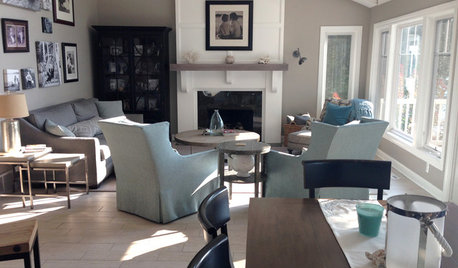
BEFORE AND AFTERSLiving Area Lightened Up and Ready for Anything
Porcelain tile and outdoor fabrics prepare this lakeside home for the challenge of pets and kids
Full Story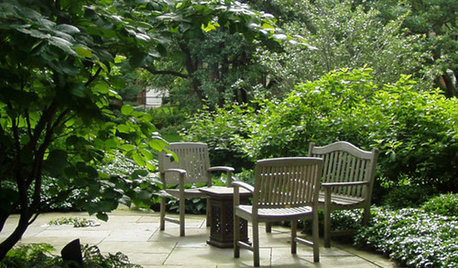
GARDENING AND LANDSCAPINGYour Yard: Are You Ready to Lose the Lawn?
Save time and water with good-looking alternatives to turf grass
Full Story
LIFEImprove Your Love Life With a Romance-Ready Bedroom
Frank talk alert: Intimacy and your bedroom setup go hand in hand, says a clinical sexologist. Here's her advice for an alluring design
Full Story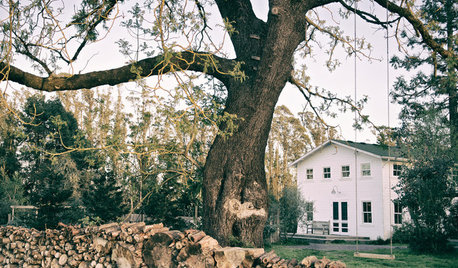
HOUZZ TOURSHouzz Tour: Picture-Perfect Simplicity
It’s like camping out in a catalog sometimes at this classic farmhouse — Pottery Barn and other retailers love it for photo shoots
Full Story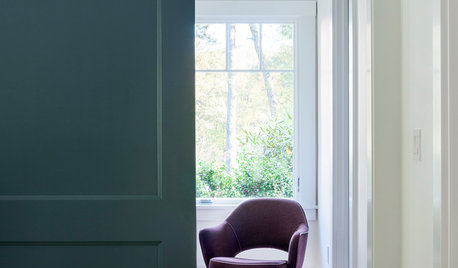
COLORMore Top Paint Picks for 2014: New Greens, Blues and Neutrals
Valspar’s new colors aim to lift spirits and express creativity. Here’s how to use 9 of them in lively ways
Full Story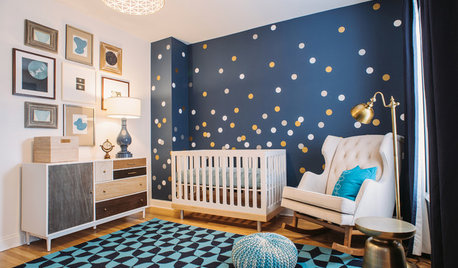
KIDS’ SPACESRoom of the Day: Reaching for the Stars in a Boy’s Nursery
Heavenly decor and snuggle-ready furnishings turn a former home gym into a place for getting starry-eyed with baby
Full Story
HOME TECHHow Smart TV Will Change Your Living Room
Get ready for the future of TV, in which your living room becomes a movie set, a communication hub and a gaming zone
Full Story
GARDENING GUIDESGarden-Friendly Native Alternatives to Overplanted Exotics
There are lots of gorgeous, wildlife-friendly native plants ready to make an appearance in your garden
Full Story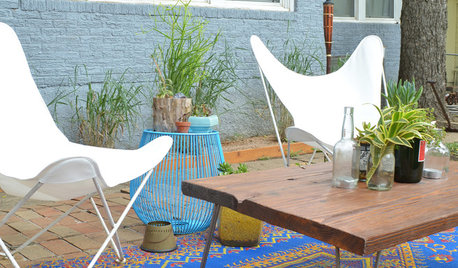
GARDENING AND LANDSCAPINGHow to Spruce Up Your Patio for Summertime Fun
Get your outdoor space ready for summer with 6 simple and budget-friendly ideas
Full StorySponsored






gardengal48 (PNW Z8/9)
mich_in_zonal_denialOriginal Author
Related Professionals
Rancho Palos Verdes Landscape Architects & Landscape Designers · Suffern Landscape Architects & Landscape Designers · Pottstown Landscape Contractors · Tempe Landscape Contractors · Allentown Landscape Contractors · Dedham Landscape Contractors · El Reno Landscape Contractors · Fruit Heights Landscape Contractors · San Carlos Park Landscape Contractors · Tamarac Landscape Contractors · Tehachapi Landscape Contractors · Oxon Hill Landscape Contractors · Hillcrest Heights Handyman · Dearborn Driveway Installation & Maintenance · La Vista Driveway Installation & MaintenanceRay Scheel
phdnc
creatrix
gardengal48 (PNW Z8/9)
miss_rumphius_rules
John_D